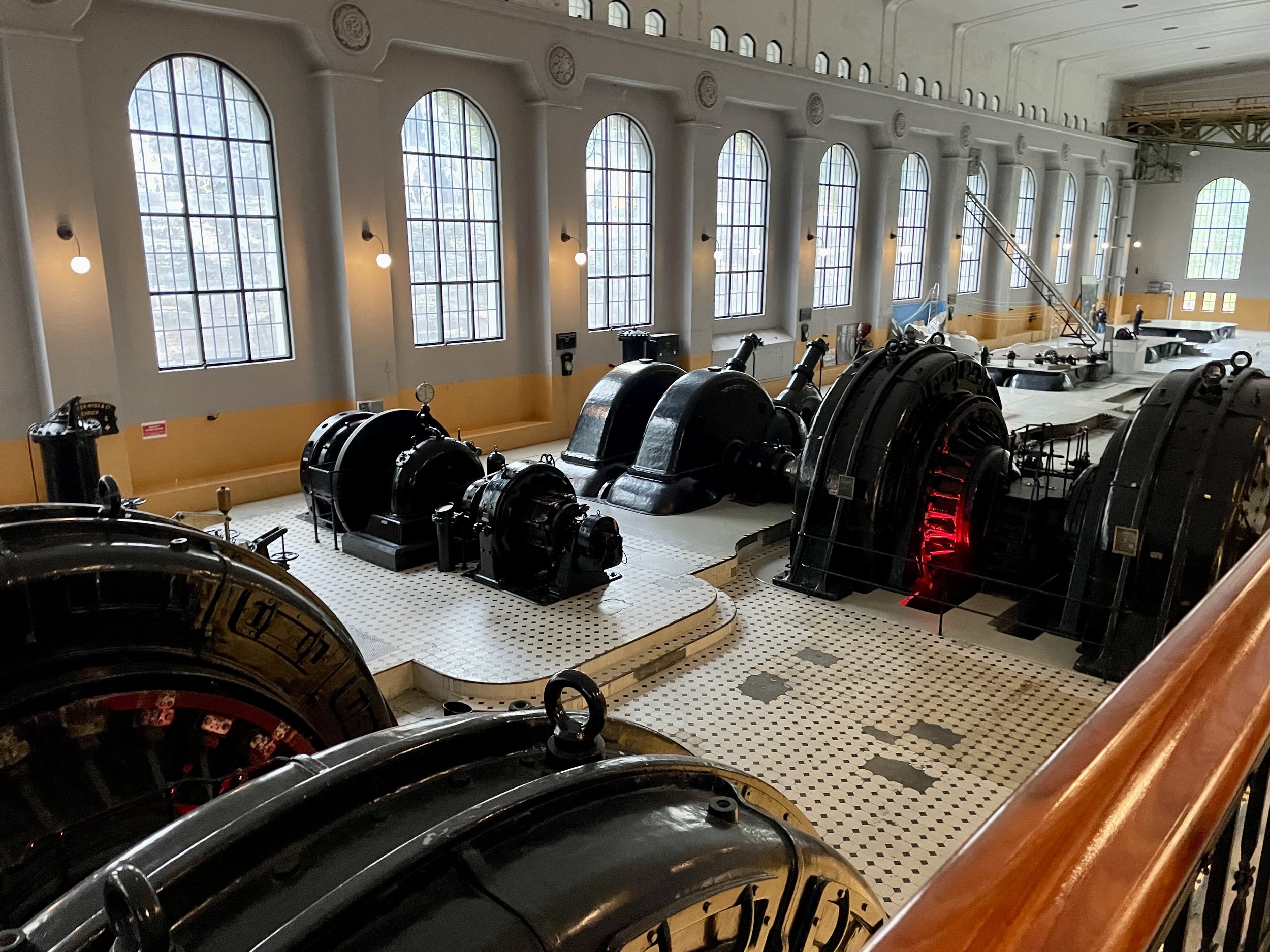
Vemork
Vemork and the Heavy Water Cellar
Situated amidst the towering peaks and deep valleys of Rjukan, Norway, Vemork stands as a beacon of industrial innovation and a testament to human courage and resilience during World War II. Its story, intertwined with the production of heavy water and the sabotage efforts to halt its supply to Nazi Germany, adds a layer of profound historical significance to the already picturesque landscape.
Historical Roots
Vemork's journey began in 1911, envisioned as a hydroelectric power plant. Its location was chosen to harness the formidable power of the Rjukan Falls, one of Norway’s most impressive natural waterfalls. As Europe entered the 1930s, Vemork began to gain attention for a different reason: its pioneering production of heavy water.
Unraveling the Mystery of Heavy Water
Heavy water, or deuterium oxide (D2O), is water in which both hydrogen atoms are replaced by deuterium, a heavier isotope of hydrogen. Its properties made it invaluable in nuclear research. As tensions escalated in Europe and Nazi ambitions grew, heavy water's potential role in building a nuclear reactor became alarmingly evident. The plant at Vemork became central to these plans after the German occupation of Norway in 1940.
The Allies' Concerns and the Norwegian Response
Understanding the implications of Nazi Germany obtaining a consistent supply of heavy water, the Allies devised strategies to counteract this. Their primary tool? The brave men of the Norwegian resistance. Collaborating with British intelligence, they embarked on a series of sabotage missions.
The February 1943 operation stands out. Norwegian commandos, having endured harsh winter conditions and evaded German patrols, successfully destroyed the heavy water production cells at Vemork. Their heroism crippled Nazi aspirations for a nuclear advantage.
Visiting Vemork Today - A Journey Back in Time
As visitors step into the Norwegian Industrial Workers Museum at Vemork, they're transported to a bygone era:
The Heavy Water Exhibition: Original equipment, detailed displays, and gripping firsthand accounts immerse visitors in the enthralling tale of heavy water production and the sabotage missions.
The Power Plant: Beyond its wartime significance, Vemork remains an architectural and engineering marvel. Visitors can observe early 20th-century turbines and generators, witnessing Norway's industrial evolution.
The Heavy Water Cellar: Stepping into the cellar is like entering a time capsule. Surrounded by the original containers used for storing heavy water, one can sense the historical gravity of the location.
Embracing the Natural Beauty
Vemork's surroundings are as captivating as its history:
The Suspension Bridge: Providing panoramic vistas of the Rjukan Falls and the entire Vemork facility, it's a spot where nature and history converge.
Hiking Trails: The terrains around Vemork are riddled with trails. Some of these paths echo the footsteps of the brave saboteurs, while others simply allow visitors to soak in Norway's natural wonders.
Essential Information for Visitors
Before embarking on the journey, visitors should acquaint themselves with some practical details:
Getting There: Situated in Rjukan, Telemark county, Vemork is accessible by road. The facility provides ample parking.
Operational Hours: Typically, the museum is open from 10 am to 5 pm. However, seasonal timings and special events might alter this schedule.
Entry Details: A nominal fee grants visitors access to the entire facility. Concessions are available for various categories.
Vemork offers more than just a glimpse into Norway's industrial past; it stands as a symbol of resistance, bravery, and the enduring spirit of the Norwegian people. Visitors leave with not just photographs, but stories of heroism, tales of scientific endeavors, and a profound appreciation for the intersection of history, industry, and nature.
